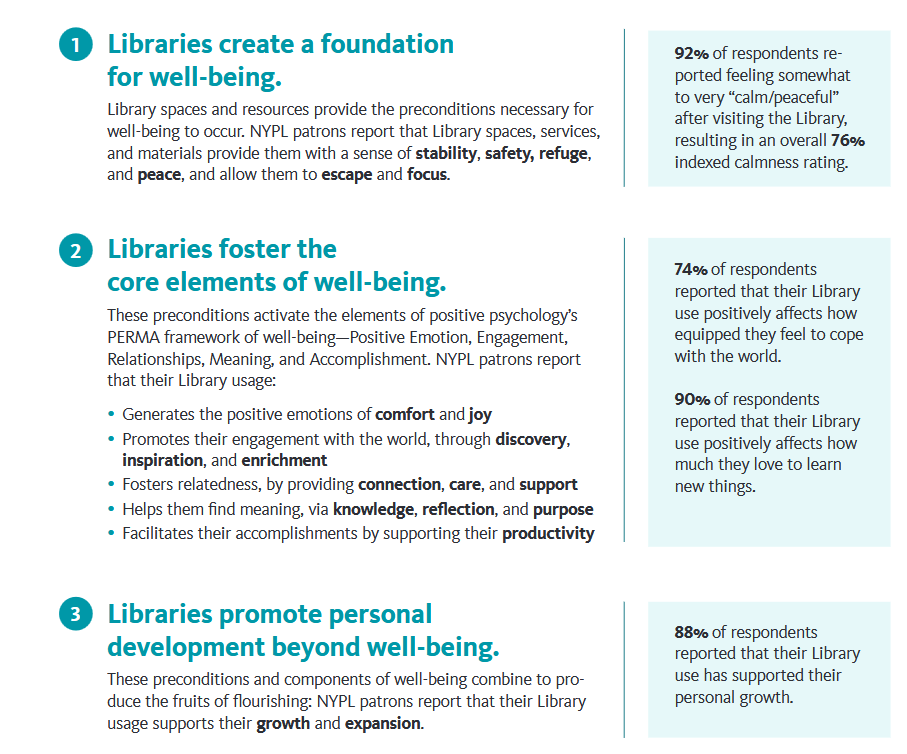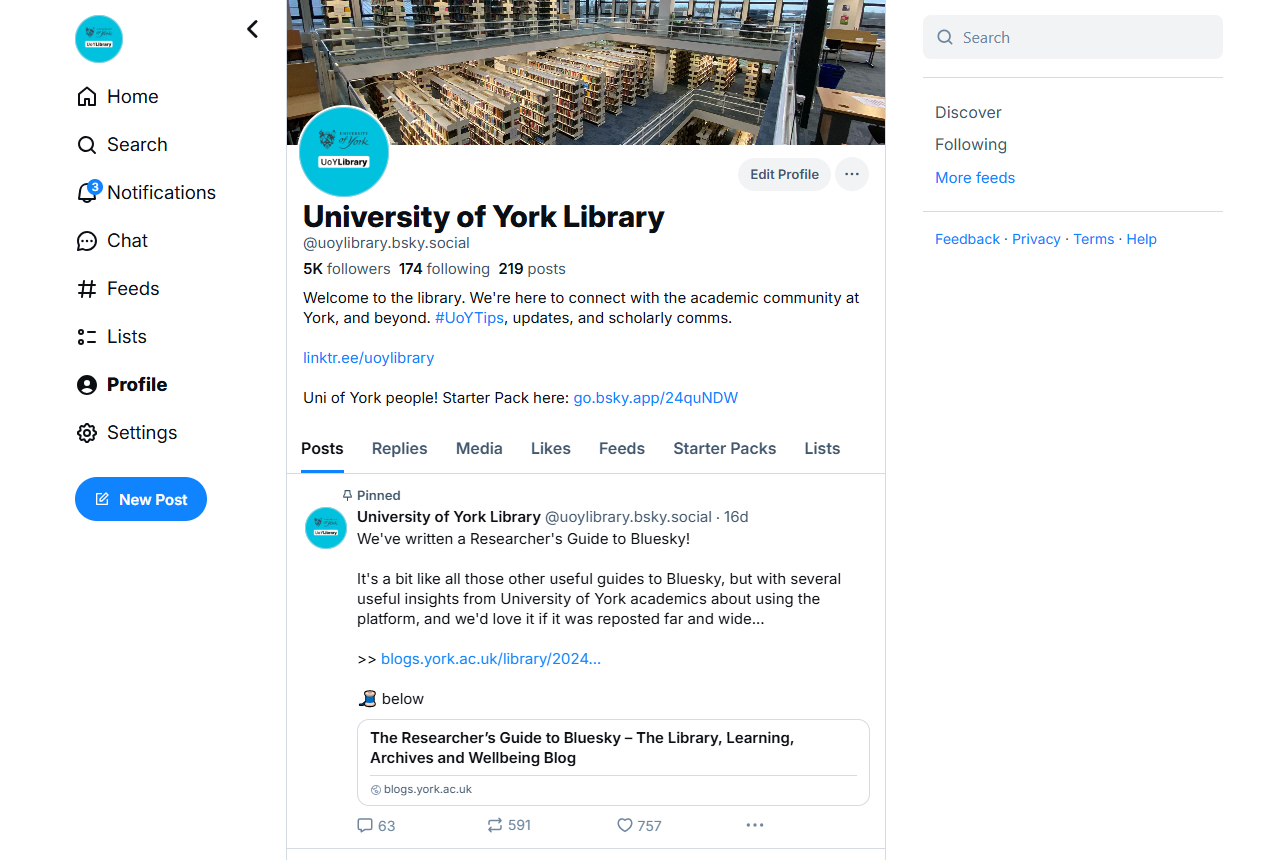I just ran a social media workshop in which one of the brilliant attendees posed this age old question:
“We’ve been having a huge debate about using hashtags. Are they still a thing? Should we be using them?”
As I answered I realised I have a pretty definitive idea about not just whether we should be using them - yes - but also how many we should be using, which varies wildly by platform. So if you do social media for your organisation or otherwise create content, and you’ve ever asked yourself how many hashtags is too many hashtags, read on!
Three disclaimers before we start:
Hashtags are the cherry, not the cake. The content of your post is waaaay more important than the tags - but using hashtags well WILL improve your posts’ discoverability.
It’s more important to use the right hashtags, than the right number of hashtags. What is going to help people discover your post? What do people who need your content search for? Hint: adding a universally used hashtag (like #love for example) simply won’t do anything positive. If everyone uses the same hashtag, your post joins an almost infinitely long queue of other posts. Aim for the sweet spot between high volume hashtags that everyone uses, and low volume hashtags that no one will ever search for. For the librarians and archivist out there: hashtags are basically metadata!
The info below is really just my views, as of late May 2025, built on my own experience and reading others’ research, rather than the ‘right’ answer… Use this as a jumping off point and conduct your own experiments!
How many hashtags should I use on TikTok?
Use 3-5 hashtags on TikTok. Ignore the super-cool TikTok accounts that use no hashtags at all, or the desperate accounts that use 20 hashtags like #fyp #ForYouPage and #viral. 3 to 5 hashtags on TikTok will help the algorithm push your content in relevant directions -any more and it will basically get confused… Remember, the majority of TikTok posts are seen by people who DON’T follow the accounts posting them - so use every advantage available to you to get eyes on your videos.
How many hashtags should I use on Insta?
Use 9-11 hashtags on Instagram. This one is controversial because it directly contradicts Instagram itself, which advises using 3-5 hashtags max in this useful post about how they work and what they’re for. However, there are countless examples of companies doing analysis of thousands or even millions of posts, and finding that 10 or even 20 gets better results than 5. This study looked at 38 million posts and found that 11 was the optimum number of hashtags. Too many hashtags can definitely feel spammy, so don’t go above 11 - but using several of the RIGHT hashtags really seems to pay dividends. Finally - and this is really annoying but everything I’ve read confirms it’s true - don’t use the same ones for each post. You need to mix them up a little, and avoid two posts in a row with the same tags. Gah.
How many hashtags should I use on Facebook?
Use 0 - 2 hashtags on Facebook. Hashtags are less important on FB than on TikTok or Insta, but they can help your post show up in searches. Don’t crow-bar them in, but take opportunities to use them organically in your posts.
How many hashtags should I use on Bluesky / Threads?
Use 0-2 hashtags on Bluesky, and Threads. You don’t have to use any at all, of course. The way hashtags are used on these platforms is more like a form of curation - for clicking on and finding related posts, rather than particularly for search. On Bluesky using certain hashtags will also push your post into certain custom feeds - be careful not to abuse this by over-using them!
How many hashtags should I use on YouTube?
Use 3-5 hashtags on YouTube. YouTube is interesting in that it works completely differently to all other platforms listed here: for a start, it has a seperate ‘tags’ section when you upload. Here you can put all the tags you want to help with discoverability, and they won’t be readable by other people - they just help with searching. So use this freely and fill it right up. Secondly, you can put hashtags in the description - or you can put them in the title. With YouTube shorts in particular, putting a hashtag in the title - IF it’s something people will likely be searching for - can be really beneficial. Thirdly, if you use too many hashtags in the description or title, YouTube literally ignores them completely. So don’t do lots! One or two max in the title, and a couple more in the description, should do it.
How many hashtags should I use on LinkedIn?
Use 2-5 hashtags on LinkedIn. A haphazard approach doesn’t work well here: use one or two tags which are specifically relevant to your industry and your post (and avoid the generic, overused cringey ones like #productivity…).
How many hashtags should I use on X?
It doesn’t matter. Just get off it. You’ll feel so much better.






